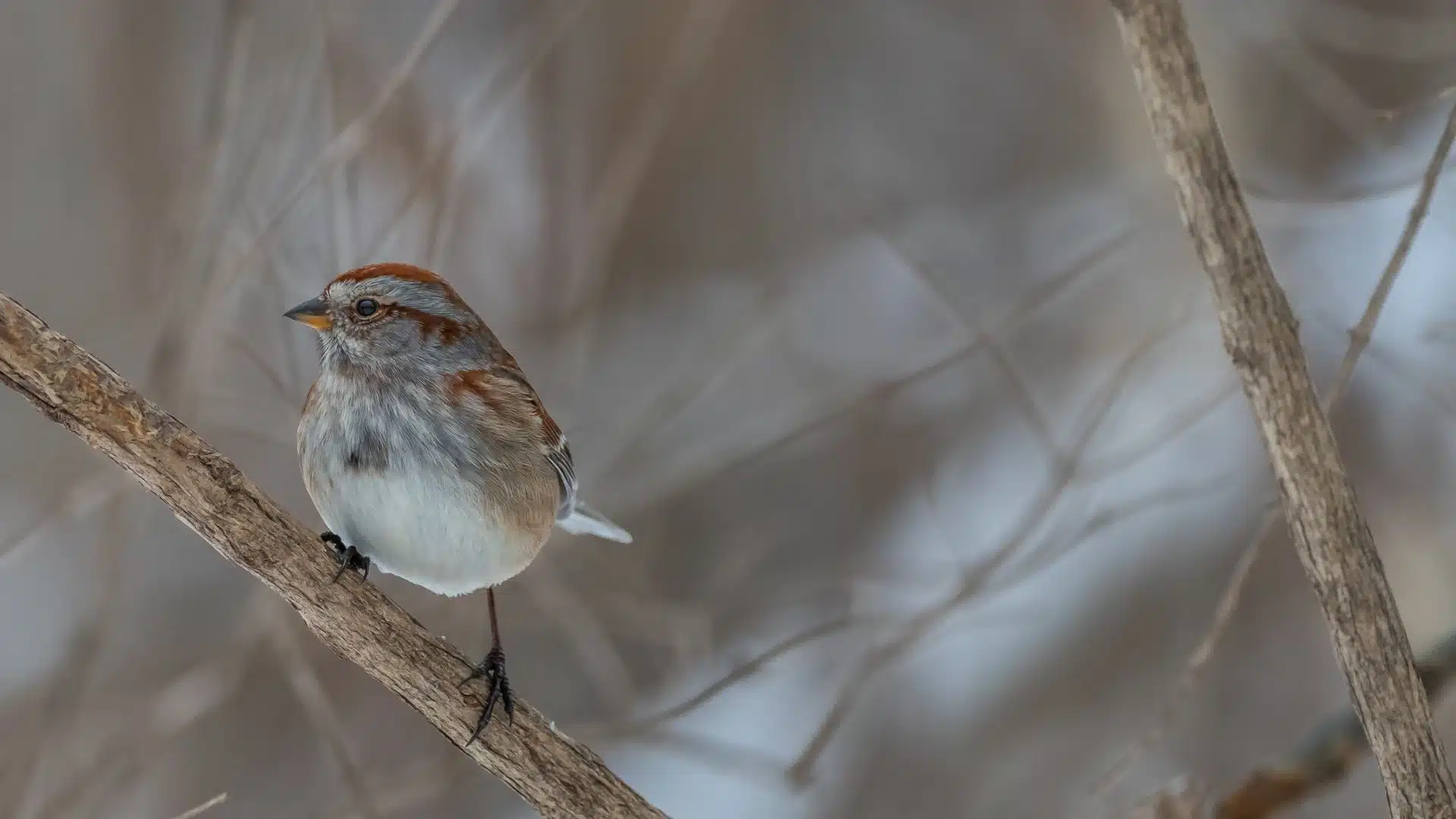Birds
American Tree Sparrow
Spizelloides arborea

Best Location to View: Corning Lake, Thayer feeders
Color: Black
Range: Canada, North America
Size: Small
Wingspan: Small
Spizelloides arborea

Best Location to View: Corning Lake, Thayer feeders
Color: Black
Range: Canada, North America
Size: Small
Wingspan: Small
People for Trees™
Plant and care for a tree beginning with making a pledge. We will support each pledge with easy-to-follow instructional toolkits, guidance on how to select the most appropriate tree and where to purchase it, free virtual classes and other ongoing support.
Make a pledgePopular searches:
Time: 1767916800 / Saved: 1767916800
Views (7 day(s) ago): 7
Views (6 day(s) ago): 3
Views (5 day(s) ago): 3
Views (4 day(s) ago): 4
Views (3 day(s) ago): 5
Views (2 day(s) ago): 3
Views (1 day(s) ago): 8
Views (Today): 2